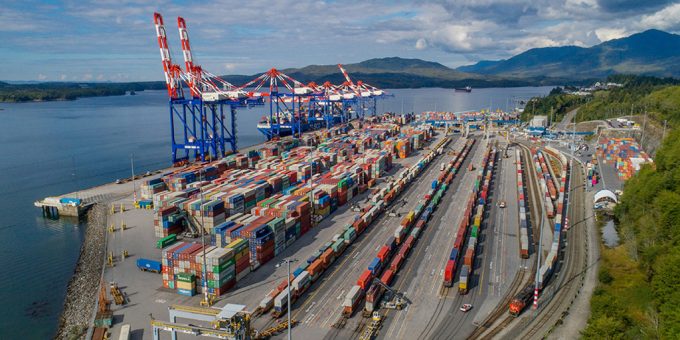More luck than judgment? Top 10 box lines enjoy elusive balance
Something of a sweet spot?

Last year was a strange one for the Canadian port of Prince Rupert.
Having clocked up rapid growth in previous years, it suffered a setback at a time when other Pacific west coast ports saw throughput climb to record volumes.
However, management is confident that this year ...

Comment on this article